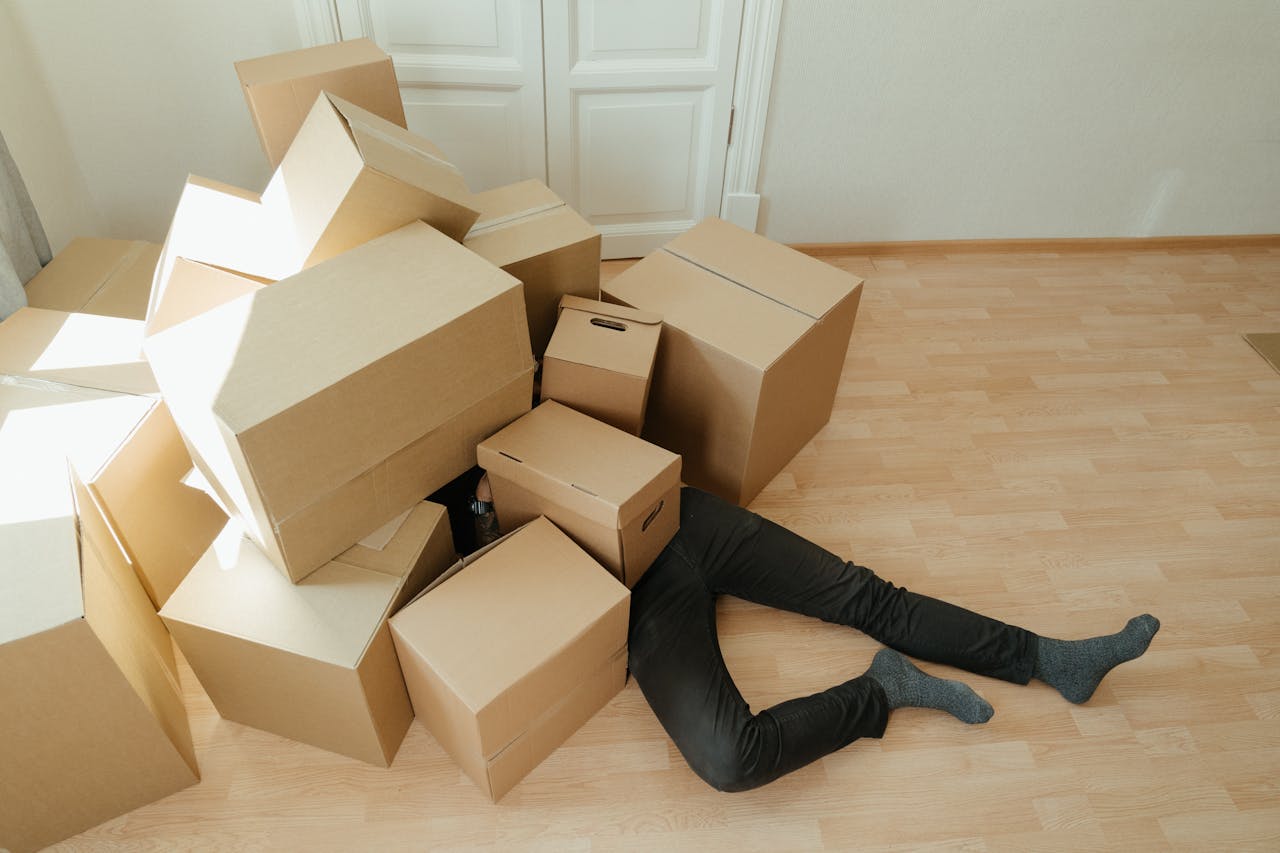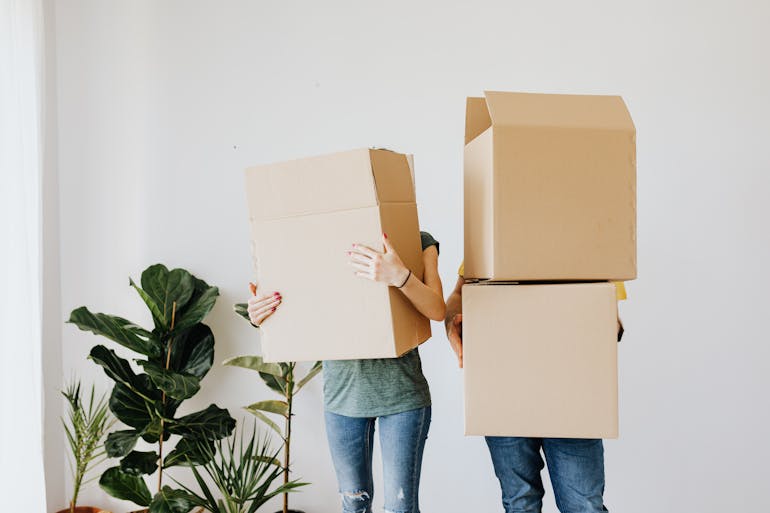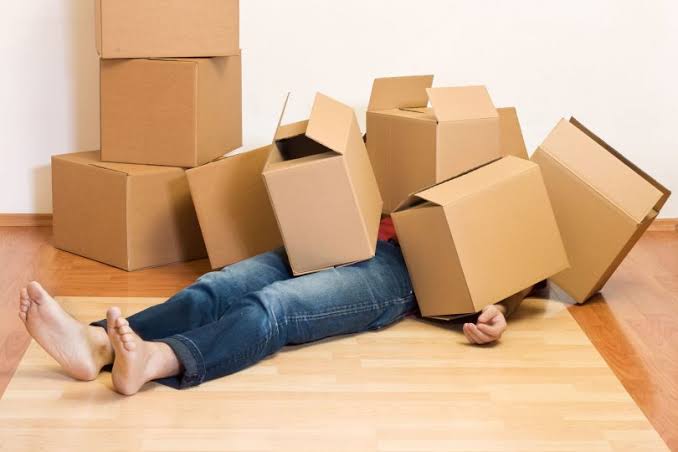Moving can already feel like a lot to handle. But mistakes that can complicate your next move often start before the moving truck even arrives—right in your storage plans. From last-minute packing to forgotten labels, small oversights can snowball into big problems. The good news? These mistakes are easy to avoid once you know what to look for. This guide will walk you through the most common storage slip-ups and show you how to steer clear of them.
Picking the Wrong Storage Size
Choosing the wrong unit is one of those mistakes that can complicate your next move fast. A unit that’s too small forces you to cram or repack under pressure. One that’s too big wastes money every month. It’s tempting to guess the size you need, but that can backfire. Instead, make a quick list of your largest items—sofas, beds, and boxes. Ask the storage facility for a size chart or check their online guide. Measuring your bulky stuff takes just a few minutes and saves you from space headaches later.
Ignoring Climate-Control Needs
Ignoring climate-control needs can ruin items before you even unpack them. In cities like Toronto, where temperatures can fluctuate, your items might be at risk from extreme heat, cold, or humidity. Electronics, wooden furniture, photos, and documents can warp, crack, or grow mold under these conditions. When choosing storage, these are things to pay attention to. If climate control is available, use it for sensitive items. If not, avoid storing delicate items and consider moisture absorbers or silica gel packs. And skip plastic covers—use breathable fabric to keep furniture from trapping moisture.
Waiting Until the Last Minute
Waiting until the last minute can lead to stress you didn’t see coming. Storage units often book up fast, especially during summer or end-of-month rushes. If you delay, you might face higher prices, fewer choices, or even no availability at all. That’s when panic sets in, and you may end up settling for a far-off location or a unit that doesn’t meet your needs. Planning early gives you time to compare prices, ask questions, and pick a unit that actually works. Try to reserve storage at least two to four weeks before your move. A simple calendar reminder can save you from a last-minute scramble.
Mistakes That Can Complicate Your Next Move
Storing Without Sorting First
Storing everything without sorting first is a common mistake—and it can cause a lot of extra work later. If you pack things blindly, you’ll likely move items you don’t need, don’t want, or forget you even had. That means more boxes, higher costs, and more time spent unloading and unpacking. Before you start packing, take a moment to go through your stuff. Create three simple piles: keep, donate, and toss. You might be surprised how much you can let go of. Sorting now means less clutter in storage and fewer headaches on moving day.
Using Weak or Mismatched Boxes
Using weak or mismatched boxes might seem harmless, but it can lead to damaged items and wasted space. Flimsy boxes collapse under pressure, especially if they’re stacked. Odd sizes make it harder to pack your unit neatly, which can leave gaps and cause shifting during the move. Stick to sturdy, same-size boxes when possible—they stack better and stay secure. Don’t overstuff or underfill boxes, either. Overloaded boxes can tear, while half-empty ones crush easily. Label each box clearly and consistently to save time later. For extra protection, consider using plastic bins for anything sensitive to moisture.
Forgetting to Label Boxes
Forgetting to label moving boxes turns unpacking into a guessing game. After a few weeks in storage, it’s easy to forget what’s where. You might end up opening every box just to find a single item. That wastes time and causes frustration—especially if you’re tired from the move. Use clear, easy-to-read labels on at least two sides of each box.
Color-coding by room (like red for kitchen or blue for bedroom) makes sorting even faster. Write a short list of contents on each label, not just “misc.” Keep a master list on your phone or a notepad to track what’s in storage without digging through everything.

Skipping Insurance or Inventory
Skipping insurance or inventory might save time upfront, but it can cause major problems if something goes wrong. Theft, water damage, or accidents can happen, even in well-maintained storage units. Without insurance, you could lose everything with no backup plan. First, check if your current home or renter’s policy covers items in storage. If not, ask the facility about low-cost insurance options. It’s usually affordable and worth the peace of mind. Just as important—make an inventory. Take quick photos of your items before they go into storage. Use a simple list or app to track what’s inside.
Blocking Access to Important Items
Blocking access to important items is a mistake that makes unpacking even harder. When you throw everything in a storage unit without any plan, you might find yourself digging through boxes to get to something you need. Avoid this by keeping essential items near the front. If you’re storing seasonal clothes, tools, or documents you might need soon, place them where you can easily grab them. Create a small aisle or path through the unit so you don’t have to move everything around to get to key items.
Choosing a Bad Location
Choosing a bad location for your storage unit can cost you more than just time—it can drain your energy and add stress. A unit far from your home or new place means more driving, more gas, and more hassle when you need to access your things. When picking a facility, consider how often you’ll need to visit. Try to find one that’s not too far from either your current or future home. It’s also smart to visit the facility in person before booking. Check for security, cleanliness, and easy access. Make sure the hours align with your schedule and see if they offer any helpful extras, like free parking or moving equipment.
Not Double-Checking Storage Rules
Not double-checking storage rules can lead to surprises you don’t want. Each storage facility has its own list of things you can’t store—things like food, plants, flammable items, or anything that could spoil or attract pests. If you’re not careful, you might unknowingly break the rules and risk losing your deposit or even having your items removed. Before signing any agreement, ask for a clear list of prohibited items. Read your contract carefully to ensure you’re aware of any specific restrictions.
Wrap Up Your Move Smoothly
Moving doesn’t have to be a nightmare, and avoiding mistakes that can complicate your next move can make a huge difference. A little planning, smart organization, and attention to detail go a long way. By learning from common storage mistakes, you can save time, money, and unnecessary stress. So, take a moment to consider your options, pack carefully, and choose your storage wisely. A smooth move is possible—it all starts with the right preparation.



2 thoughts on “Storage Mistakes That Can Complicate Your Next Move”